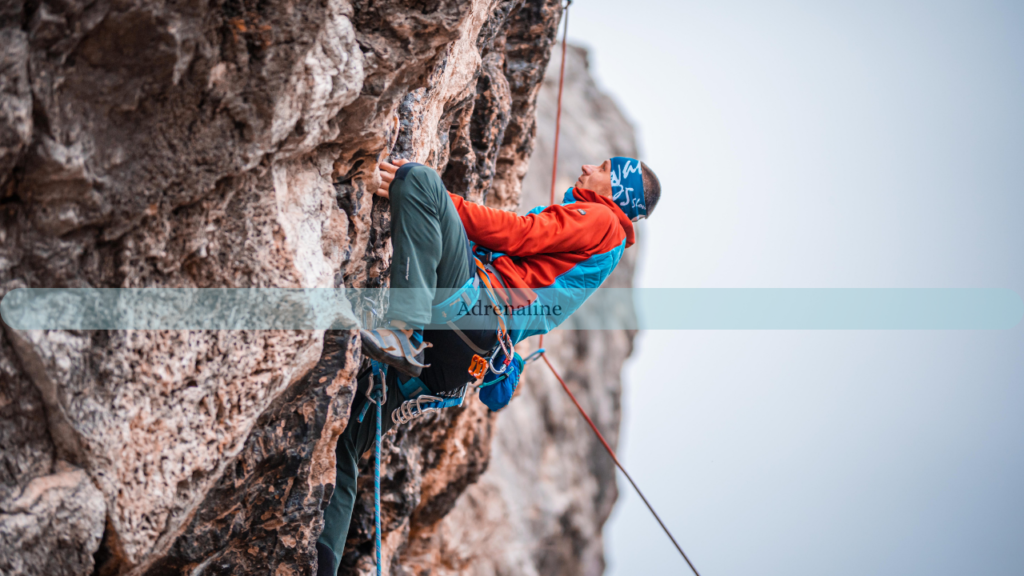
For some, life is all about seeking the next adventure, the next thrill, the next rush of excitement. While this might seem harmless or even admirable, this constant craving for adrenaline can evolve into an addictive behavior that impacts both physical health and emotional well-being. Adrenaline junkies, as they’re often called, are individuals who seek out high-intensity experiences for the euphoric feelings associated with an adrenaline spike. Over time, these thrill-seekers can find themselves caught in a cycle that mirrors substance addiction.
What Drives Adrenaline Addiction?
Adrenaline is a hormone produced by the adrenal glands in response to stress or danger. It prepares the body for a “fight or flight” response, increasing heart rate, boosting energy, and heightening focus. For many, this biological response provides a temporary sense of power and exhilaration.
Adrenaline junkies chase this feeling. They might turn to activities like skydiving, bungee jumping, extreme sports, or even reckless behavior such as gambling or high-stakes investments. While the initial intent is usually fun or personal challenge, the brain starts associating these activities with pleasure and reward.
Much like substance addiction, adrenaline dependency develops when the body and mind begin to crave the chemical surge. Over time, individuals may require increasingly risky or intense experiences to achieve the same thrill, leading to a dangerous pattern of behavior.
How Adrenaline Junkies Develop Addictive Behavior
- The Cycle of Tolerance and Dependency:
Adrenaline addiction shares similarities with substance addiction in how tolerance develops. Initially, moderate risks provide an exhilarating high. But as the brain adapts to frequent adrenaline surges, the same activity no longer delivers the same level of excitement. This leads to seeking out riskier, more extreme activities to recapture the original high. - Reinforcement Through Rewards:
Thrill-seeking behavior often comes with social, emotional, or psychological rewards. Completing a high-risk activity can lead to feelings of accomplishment, admiration from peers, or a sense of invincibility. These positive reinforcements can solidify the desire to repeat the experience, even when the risks outweigh the rewards. - Emotional Escapism:
For some adrenaline junkies, the thrill becomes a way to escape negative emotions or challenges in their personal lives. The intense focus required during high-adrenaline activities can temporarily distract from feelings of stress, anxiety, or dissatisfaction, creating a reliance on these experiences as a coping mechanism. - Biological Wiring:
Some individuals are naturally predisposed to seek stimulation due to their genetic makeup. Research suggests that certain people have lower baseline levels of dopamine, the brain’s reward chemical, which can drive them to seek out high-intensity experiences for a boost.
The Consequences of Adrenaline Addiction
While chasing adrenaline may seem harmless, it comes with significant risks. Physically, repeated exposure to high-stress situations can strain the heart, weaken the immune system, and lead to chronic fatigue or injury. Mentally, the constant pursuit of thrill can result in anxiety, emotional burnout, and even depression when the adrenaline rush fades.
Adrenaline junkies may also experience impaired relationships and professional setbacks. Their need for excitement can lead to reckless decisions, straining trust with loved ones and disrupting career stability.
Breaking the Addiction
Addressing adrenaline addiction requires a shift in mindset and lifestyle. Recognizing the behavior is the first step. Therapy, particularly cognitive-behavioral therapy (CBT), can help individuals understand their triggers and develop healthier coping mechanisms. Practicing mindfulness, engaging in low-stress hobbies, and learning to find joy in calmer experiences can help retrain the brain to appreciate balance.
Adrenaline junkies don’t need to abandon their love for adventure entirely. Instead, they can channel their energy into safer, more sustainable pursuits that balance excitement with mindfulness. The goal is to embrace a life where fulfillment isn’t dependent on an endless rush but found in a variety of meaningful experiences.
By understanding the addictive nature of adrenaline, individuals can reclaim control, ensuring their pursuits are driven by joy and passion, not by compulsion.











